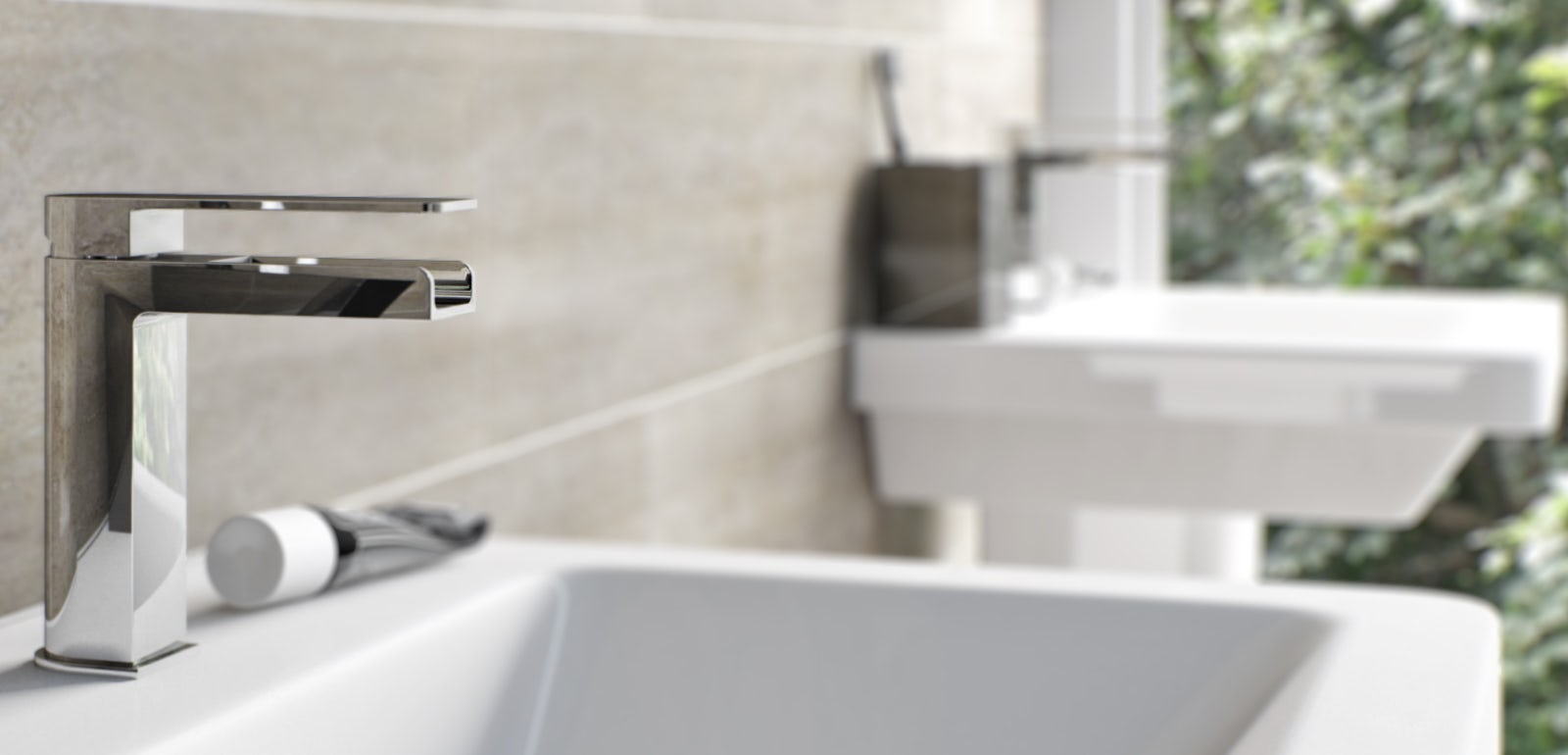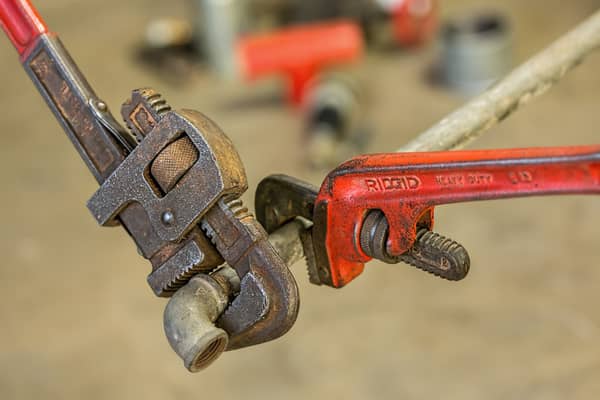Unraveling the Fundamentals of Home Plumbing: A Beginner's Manual
Unraveling the Fundamentals of Home Plumbing: A Beginner's Manual
Blog Article
What are your thoughts on Plumbing Basics Every Homeowner Should Know?

Plumbing is a crucial facet of any kind of home, in charge of providing clean water for drinking, cooking, and bathing, along with getting rid of wastewater securely. Comprehending the basics of home plumbing is crucial for every single home owner to make sure appropriate maintenance, troubleshooting, and, if essential, fixings. In this novice's guide, we'll cover the essential ideas of home plumbing to help you come to be a lot more aware of exactly how it works.
Water System
The water system system brings clean water into your home from a local water source or a private well. It contains a primary water line that connects to your home's plumbing system, normally located underground. A water meter gauges the amount of water taken in, while a shut-off shutoff permits you to control the flow of water into your home.
Plumbing Fixtures
Plumbing fixtures are gadgets that provide water to various parts of your home and consist of sinks, faucets, toilets, showers, bathtubs, and devices such as dish washers and washing makers. Each fixture is attached to the water system system via pipes and installations and may have its shut-off shutoff for maintenance or emergency situations.
Water Heating Unit
The water furnace is accountable for home heating water for domestic usage, consisting of bathing, food preparation, and cleaning. Typical sorts of water heaters include tank-type hot water heater, tankless (on-demand) water heaters, and heat pump hot water heater. The water heater is linked to the water system and delivers warm water to plumbing components as required.
Drainage System
The drain system gets rid of wastewater from your home and carries it away to a sewage therapy center or septic tank. It consists of a network of pipes, installations, and components that carry wastewater from plumbing fixtures to the primary drain line or septic system. Correct drainage is necessary to prevent blockages, back-ups, and sewer leakages.
Air flow System
The ventilation system helps preserve appropriate atmospheric pressure and protect against sewer gases from entering your home. Air vent pipes, also known as vent stacks, prolong from plumbing fixtures to the roofing, permitting sewage system gases to run away securely outdoors. Air flow pipelines also allow air to enter the drainage system, helping with smooth wastewater flow and stopping suction or vacuum effects.
Common Plumbing Tools
Having the right tools on hand is important for carrying out fundamental plumbing repair work and maintenance tasks. Usual plumbing devices include adjustable wrenches, pipe wrenches, pliers, pipe cutters, hacksaws, bettors, augers (or drainpipe serpents), and Teflon tape. Having these tools readily offered can aid you take on small plumbing problems efficiently.
Basic Plumbing Repairs
While some plumbing repairs might need expert help, several usual concerns can be addressed with basic do it yourself strategies. Knowing exactly how to fix a leaky tap, unclog a drainpipe, replace a toilet flapper, or fix a trickling showerhead can save you time and money on plumbing fixings.
Final thought
Recognizing the basics of home plumbing is important for each house owner to preserve a safe, functional, and efficient plumbing system. By familiarizing on your own with the supply of water system, plumbing fixtures, drainage system, ventilation system, usual plumbing devices, and basic fixings, you can confidently resolve minor plumbing concerns and ensure your home's plumbing system operates efficiently.
Understanding Basics of Home Plumbing System: A Beginner's Guide
The Main Components of Your Home Plumbing System
The Water Supply System
This system is responsible for transporting fresh water into your home. It usually has a main water line that splits into two branches: one directed towards cold water services and the other connected to a water heater for hot water. The pressure is key here; it ensures water reaches all parts of your house.
The Drainage System
Once water has been used, it becomes wastewater that needs to be removed from your home. This is where the drainage system comes into play. It includes all the pipes that carry wastewater and sewage away from your house to sewage treatment facilities or septic tanks.
The Vent System
The vent system prevents sewer gases from entering your home and helps maintain the pressure balance that allows wastewater to flow out properly. These vents usually exit through the roof of your house.
Water Heating System
For those who enjoy hot showers or using hot water for cleaning, the water heater is a crucial part of the plumbing system. It can be a tankless system, which heats water on demand, or a traditional water tank model.
Common Plumbing Problems and Basic Troubleshooting
Plumbing systems, while designed to be durable, can face issues like clogged drains, leaky faucets, or low water pressure. Here are some basic troubleshooting tips:
Clogged Drains
Use a plunger or a plumber's snake to try and dislodge whatever is blocking the drain. Regular cleaning can prevent clogs.
Leaky Faucets
Often caused by worn-out washers or gaskets, these can usually be replaced by someone with basic DIY skills.
Low Water Pressure
This might be due to sediment build-up in your fixtures or a leak somewhere in your water line. Cleaning out aerators or seeking a professional to detect leaks might be necessary.
Preventive Maintenance Tips
Maintaining your plumbing system is key to avoiding emergencies. Regularly check for leaks, avoid disposing of grease down the sink, and have your system inspected by a professional plumber at least once a year.

As a fervent reader on What to Know About Plumbing: Basics, Tips, and Insights, I assumed sharing that piece of content was beneficial. You should pause to distribute this blog entry if you appreciated it. Thanks a lot for being here. Return soon.
Schedule Service Pickup Report this page